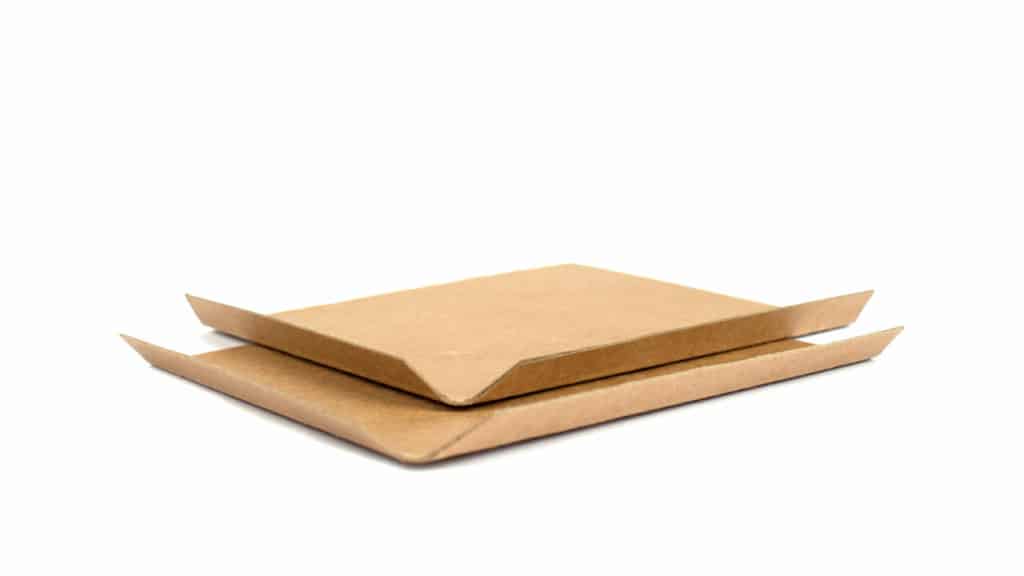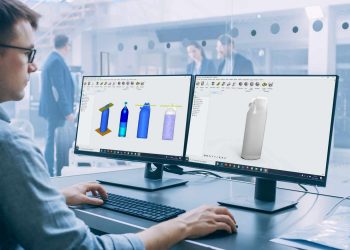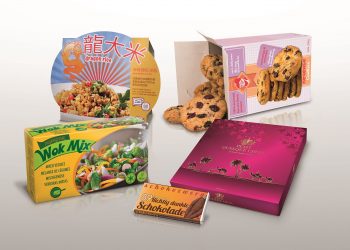General
For many brands, switching from pallets to slip sheets provides a lot of value. For brands in the process of improving sustainability throughout their organization, incorporating slip sheets into their supply chain improves the sustainability of tertiary packaging. Like many sustainability moves, it can also double as an opportunity for cost savings.
Problems with Pallets
Pallets are generally made of wood and are becoming a commodity that is no longer a low-cost, disposable part of packaging. The cost of a Wood Pallet can be 2-5 times more expensive than it was just 10 years ago. And as the availability of wood becomes tighter, wood pallets are harder to get, since less wood is available to use for pallets.
In many parts of the world, governments are passing new regulations that shift the burden of costs associated with packaging that winds up in the solid waste stream back onto the companies that create the packaging. This means that in some countries, one-way wooden pallets are now (or will be in the near future) not acceptable. We’ve even seen some movement on this front here in the United States, where Maine is the first state to take this kind of action with its Extended Producer Responsibility (EPR) for Packaging law.
A new law in Germany affecting U.S. businesses’ use of pallets states that “Companies which originate a packaging product which eventually ends up in the solid waste stream in Germany will be held responsible for disposing of that packaging.” This means that one-way wooden pallets are not viable in Germany.
These new pieces of legislation may indicate we’ll see more use of economic instruments and other measures in support of the waste hierarchy in the coming years through additional EPR laws. Producers are given an important role in this transition as their responsibility for a product is extended to the post-consumer stage of a product’s life cycle.
Lastly, wooden pallets offer a home to insects and other pests, who use the wood as either food or shelter. Importation of pallets is a leading cause of rodent infestation and contaminations in a warehouse.
Slip Sheets as an Alternative
While most pallets are made of wood, slip sheets are typically made of light weight fibreboard, averaging a few dollars or less for each unit-load, making them inexpensive enough to be discarded after each trip. Their use also negates traditional tracking, recovery, repair and/or disposal costs for wood pallets. The cost differential between pallets and slip sheets continues to increase, making them a very viable alternative to wood pallets.
Since slip sheets don’t have the depth that a pallet has, they’re a less attractive source of food and shelter to pests and, since they can easily be disposed of, the slip sheet can eliminate the risk of cross contamination from previous uses.
Because slip sheets are easily assimilated into the waste-paper market for recycling into new products, they’ll stay out of the solid waste stream and won’t be affected by EPR laws – a significant advantage from both cost and sustainability standpoints. Material handling unitized loads without pallets reduces costs, save trees, and reduces the energy required to transport, manufacture and store pallets.
Slip sheets generally have a lip on two sides that extends beyond the standard load pattern, allowing the slip sheet truck to pull the load onto the fork-lift forks or conveyance for moving, loading or unloading. While they generally are designed for a two-way entry and require a special slip sheet attachment to the standard fork-lift truck, this can readily be attached or detached within 30 minutes.
Performance Comparison
The tare weight of a slip sheet is typically 2 to 3 pounds, a small fraction of the tare weight of wooden pallets, which are typically in the 30–48-pound range. A slip sheet footprint can be identical to that of a pallet, but the space it occupies under a unit-load is insignificant compared to the 10 percent or more taken up by a typical pallet. Most net payloads of unitized product can be increased by 10 percent or more with slip sheets. Put in practical terms, the amount of product that would typically require 100 semi-trailers to ship would require only 90 trailers when using slip sheets, saving time and fuel.
Original Source : https://adeptpackaging.com/the-value-of-switching-from-pallets-to-slip-sheets/
The Adept Group delivers best in class consulting, talent, digital and value optimization solutions for the packaging world. With specialized teams focused on each of those areas, Adept Group has assembled the top experts in the packaging industry to help companies reduce risk, increase speed to market, optimize cost, and transform the value of packaging.
The Group works with the top brands in the Food & Beverage, CPG, Pharmaceutical and Medical Device industries to deliver the specialized expertise they need to supplement their teams.







